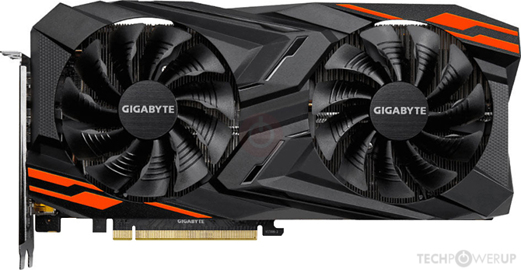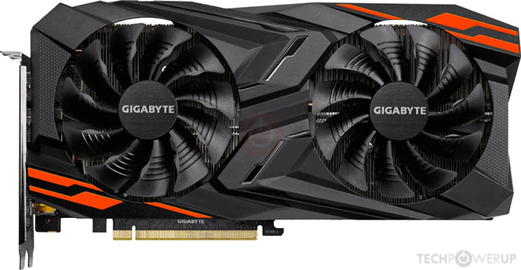I picked up a Vega 56 a few months ago, and up until no,w I've been undervolting and overclocking within the default limits, which has given a nice performance boost, but I find myself greedy for more performance.
I am considering flashing the Vega 64 BIOS to extract even more performance, but I want advice on how to do it from people who know better.
Below you will find a screenshot of the GPU from GPUz, along with the sticker on the backplate of the GPU


I have also found the BIOS on TPU's Collection using the upload feature

Using this, I assume this BIOS would work, but I'm not completely sure.

My card also lacks the BIOS switch feature for multiple BIOSes, and I do not have a CPU with integrated graphics.
This, along with the fact that I do not have another PCIE slot for another GPU if the flash were to somehow go wrong, makes it quite risky to flash the BIOS.
So would using an SPI Flasher be the safest option? Getting one of these might prove to be a bit expensive because of my location, so I would rather not go this route.
I also read about some people using a USB drive and then flashing the GPU with that method and not using windows for the flashing at all. Would this be a safer way of flashing? Would I be able to reflash the original BIOS using this method if something were to go wrong?
Upon reading the sticker on the back of the GPU, I see that this is actually a Vega 64 card, but for whatever reason, someone installed the 56 BIOS onto it. This explains the extra shaders and TMUS that I've always wondered about.
With this new information, I am now even more eager to flash the BIOS as I am missing out on Vega 64 performance!
I am considering flashing the Vega 64 BIOS to extract even more performance, but I want advice on how to do it from people who know better.
Below you will find a screenshot of the GPU from GPUz, along with the sticker on the backplate of the GPU
I have also found the BIOS on TPU's Collection using the upload feature

Using this, I assume this BIOS would work, but I'm not completely sure.

My card also lacks the BIOS switch feature for multiple BIOSes, and I do not have a CPU with integrated graphics.
This, along with the fact that I do not have another PCIE slot for another GPU if the flash were to somehow go wrong, makes it quite risky to flash the BIOS.
So would using an SPI Flasher be the safest option? Getting one of these might prove to be a bit expensive because of my location, so I would rather not go this route.
I also read about some people using a USB drive and then flashing the GPU with that method and not using windows for the flashing at all. Would this be a safer way of flashing? Would I be able to reflash the original BIOS using this method if something were to go wrong?
Upon reading the sticker on the back of the GPU, I see that this is actually a Vega 64 card, but for whatever reason, someone installed the 56 BIOS onto it. This explains the extra shaders and TMUS that I've always wondered about.
With this new information, I am now even more eager to flash the BIOS as I am missing out on Vega 64 performance!



